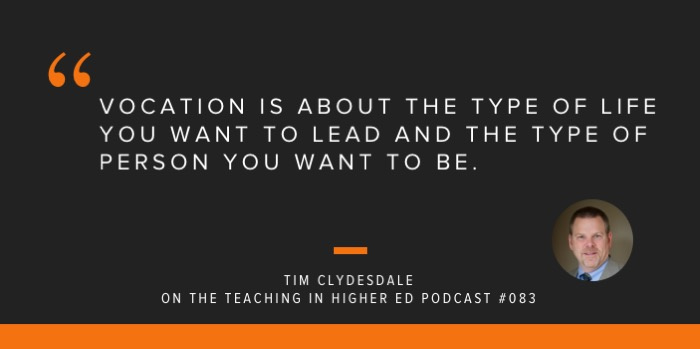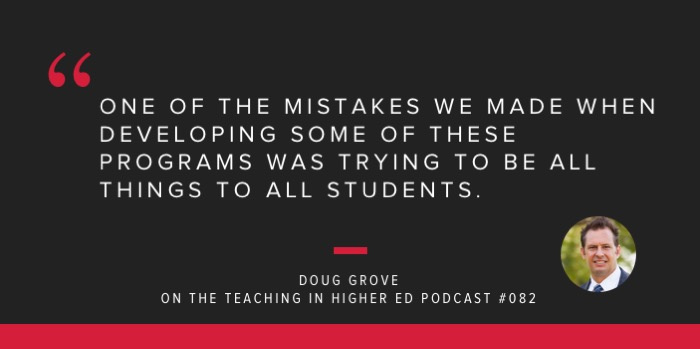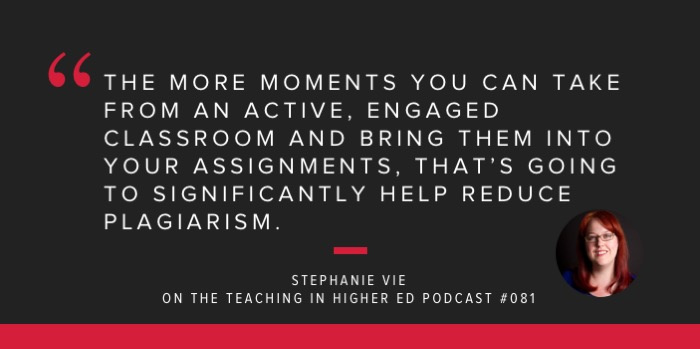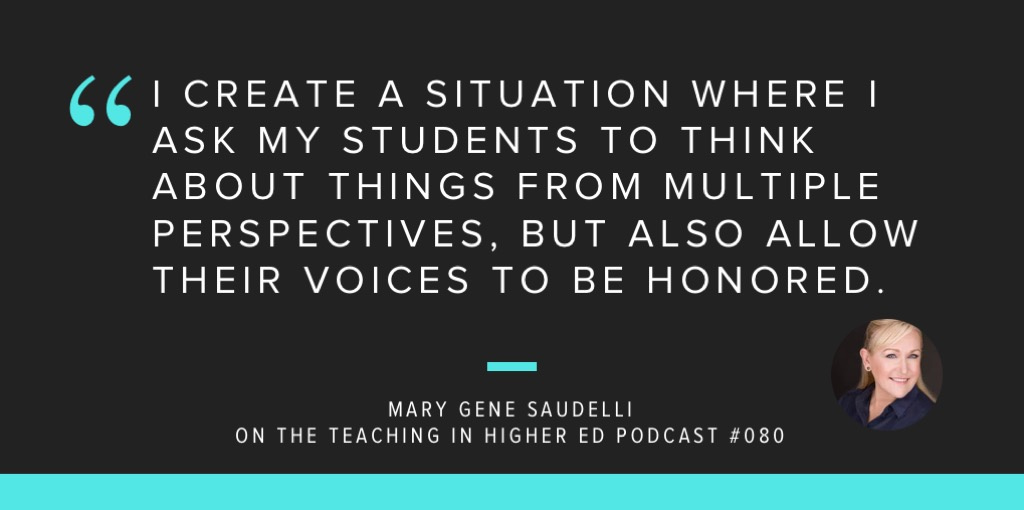Doug Leigh on helping graduate students come up with interesting research topics.
Dr. Doug Leigh earned his PhD in instructional systems from Florida State University, where he served as a technical director of projects with various local, state, and federal agencies. His current research, publication, and lecture interests concern cause analysis, organizational trust, leadership visions, and dispute resolution. He is coeditor of The Handbook of Selecting and Implementing Performance Interventions (Wiley, 2010) and coauthor of The Assessment Book (HRD Press, 2008), Strategic Planning for Success (Jossey-Bass, 2003) and Useful Educational Results (Proactive Publishing, 2001).
Leigh served on a two-year special assignment to the National Science Foundation, is two-time chair of the American Evaluation Association's Needs Assessment Topic Interest Group, and past editor-in-chief of the International Society for Performance Improvement's (ISPI) monthly professional journal, Performance Improvement. A lifetime member of ISPI, he is also a member of the editorial board for its peer-reviewed journal, Performance Improvement Quarterly. More
QUOTES
Some of the differences between doctoral work and master’s work have to do with the amount of original data collection.
—Doug LeighI try to set up the expectation that when a dissertation chair is doing a good job, they’re giving a lot of feedback, and that may involve several iterations of drafting.
—Doug LeighThough we call them defenses, they’re not interrogations. They’re not about getting lined up to be battered with questions to prove your worth before a student is allowed into the club.
—Doug LeighStudents who can avoid just reaffirming what’s already known are able to position themselves to do research that sticks with them as a passion.
—Doug Leigh
Resources
- Murray Davis's “That's Interesting!” article at Philosophy of the Social Sciences (paywalled)
- Science's 2015 Breakthrough of the Year (free), see the runners-up here (paywalled)
Doug also shares his reworking of Davis’s index that he developed for his students, along with representative examples …
- Interestingness via Organizing or Disorganizing: things which have been thought to be similar are truly dissimilar, or that things believe to be dissimilar are actually similar. Example: John A Bargh's “The Four Horsemen of Automaticity: Awareness, Intention, Efficiency, and Control in Social Cognition“
- Interestingness by Composing or Decomposing: what seems to be varied and complex is really better understood simply, or something that is currently understood to be simple is actually elaborate, distinct, independent, heterogeneous, and diverse. Example: Quanta's “The New Laws of Explosive Networks”
- Interestingness by Abstraction or Particularization: that which people assume are experienced by just a certain few are actually shared by all, or vice versa. Example: NYT's “Mass Murderers Fit Profile, as Do Many Others Who Don’t Kill“
- Interestingness by Globalizing or Localizing: what seems to be a global truth is really just a more local one, or that something thought to be experienced just locally is actual more global. Example: Pew Research Center's Views on Science poll
- Interestingness by Stabilizating or Destabilizating: what seems to be stable and unchanging is actually unstable and changing, or things thought to be unstable are surprisingly stabilit and even permanent. Example: BBC's “The Libet Experiment: Is Free Will Just an Illusion?” (video)
- Interestingness by Effective or Ineffective Functioning: some aspect of the world that was believed to function effectively is actually ineffective, or vice versa. Example: Derek Muller's “Khan Academy and the Effectiveness of Science Videos” (video)
- Interestingness by Re-assessment of Costs or Benefits: what seems to be bad is in reality good, or what was believed to be good is actually bad. Example: On Point's “Is Recycling Really Worth It?” (radio broadcast)
- Interestingness by Inter-dependence or Independence: what seem to be unrelated (or independent) phenomena are in reality correlated (or inter-dependent) phenomena, or vice versa. Example: Quartz' “This article has been perfectly formatted for maximum reading comprehension“
- Interestingness by Inconsistencies or Consistencies: what has been thought to be able to exist together are in reality things that cannot, or phenomenena thought to be mutually exclusive actually can co-exist. Example: Quanta's “Physicists and Philosophers Debate the Boundaries of Science“
- Interestingness by Positive or Negative Covariation: what has been thought to co-vary positively actually co-varies negatively, or what has been thought to co-vary negatively actually co-varies positively. Example: Big Think's “How Hearing Something Now, Can Lead You to Believe the Opposite Later“
- Interestingness by Dissimilarity or Similarity: phenomena that seem to be similar are in reality opposite, or phenomena that seem to be opposite are really similar. Example: The Atlantic's “How ‘Quantum Cognition' Can Explain Humans' Irrational Behaviors“
Recommendations
Bonni:
- Book: Doing a Literature Review* by Chris Hart
Doug:
- Software: Harzing's Publish or Perish
- Research: ERIC Thesaurus of Descriptors







